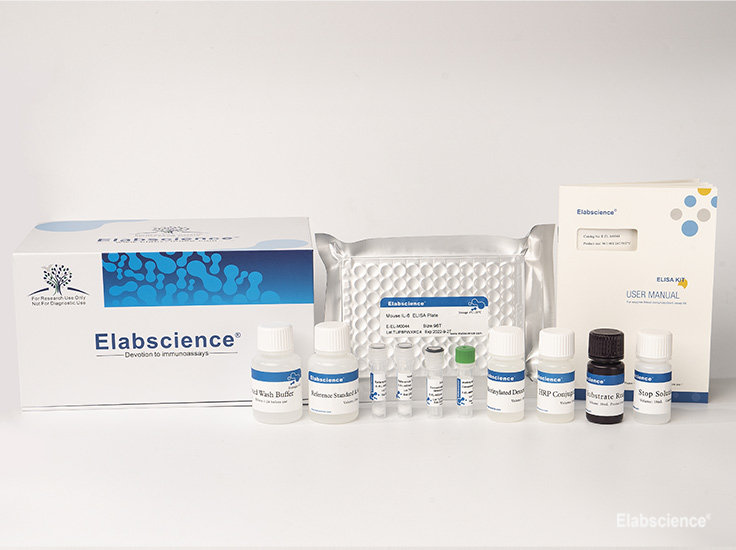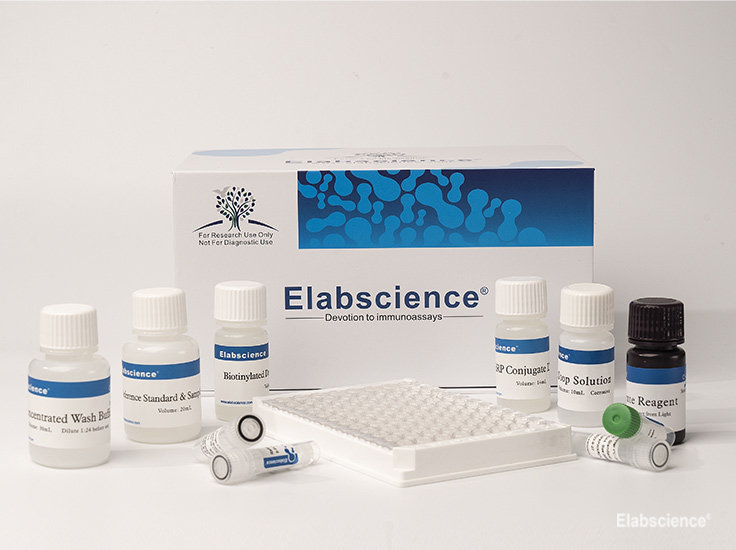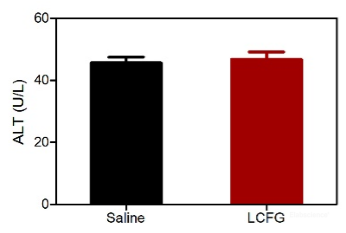Background
Immunoglobulin G (IgG) is a class of immunoglobulins found in all body fluids. They are the smallest but most common antibodies (75 percent to 80 percent) in the body. IgG antibodies are large molecules of about 150 kDa[1], made of four peptide chains. It contains two identical class γ heavy chains of about 50 kDa and two identical light chains of about 25 kDa, thus a tetrameric quaternary structure. IgG antibodies are very important in fighting bacterial and viral infections, and they are the only type of antibody that can cross the placenta in a pregnant woman to help the fetus. The measurement of immunoglobulin G can be a diagnostic tool for certain conditions, such as autoimmune hepatitis, if indicated by certain symptoms. Clinically, measured IgG antibody levels are generally considered to be indicative of an individual's immune status to particular pathogens. A common example of this practice are titers drawn to demonstrate serologic immunity to measles, mumps, and rubella (MMR), hepatitis B virus, and varicella (chickenpox) [2].
1. Janeway Jr C A, Travers P, Walport M, et al. Principles of innate and adaptive immunity[M]//Immunobiology: The Immune System in Health and Disease. 5th edition. Garland Science, 2001.
2. Faruque A A, Maoya J, Bisher K D. Analysis of surface plasmon resonance biosensors for protein detection[D]. BRAC University, 2016.



















